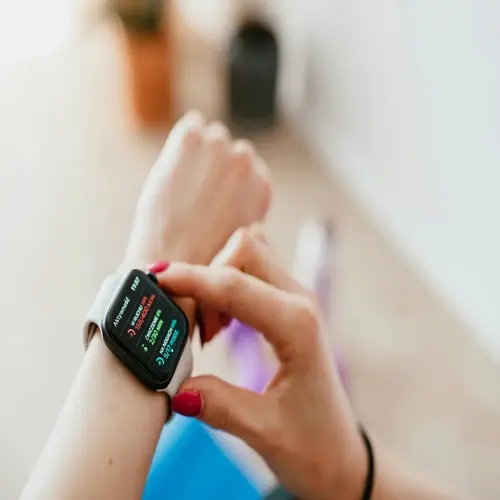Can mobility exercises help with existing joint pain?

Written by
Leilani Ibeh
Reviewed by
Prof. Graham Pierce, Ph.D.Joints move better again, and existing discomfort is often reduced by returning to the proper patterns of movement and alignment. When the joints move correctly and through their full range of motion, there is a reduction in pressure on irritated tissues and compressed nerves. This often relieves chronic aches and pains, but any acute pain should be checked out by a qualified health professional before being ignored.
Alignment Correction
- Improves joint surface contact
- Reduces uneven cartilage pressure
- Minimizes bone-on-bone friction
- Restores natural movement pathways
Nerve Decompression
- Releases trapped peripheral nerves
- Improves synovial fluid circulation
- Reduces inflammatory buildup
- Decreases radiating pain signals
Warning Signs
- Sharp/stabbing sensations require stopping
- Radiating pain indicates nerve involvement
- Swelling lasting beyond 2 days needs attention
- Neurological symptoms demand immediate evaluation
Engage in gentle and unchallenging ranges and intensities where possible. Gentle circles of the ankles or seated hip movements are ideal to allow joints to discover comfortable ranges: never push into resistance. Follow responses in the 48 hours post sessions. It is normal for muscles to be taxed temporarily but beware of pain in joints which may be an indicator of trouble.
The importance of technique in reducing pain cannot be overstated. Use mirrors to maintain proper alignment while performing movement consistently. Control your breath to prevent extra tension caused by compensation. I have had clients who have eliminated knee pain just by correcting hip tracking while doing basic mobility exercises.
If you have arthritis, a prior injury, or a chronic illness, it's essential to consult with a physical therapist beforehand. They can prescribe a routine that includes exercises with joint-specific rest intervals. Suppose mobility practice does not resolve persistent pain. In that case, you may need to contact a medical doctor to determine if there are underlying structural issues.
Read the full article: 10 Essential Joint Mobility Exercises for Movement

